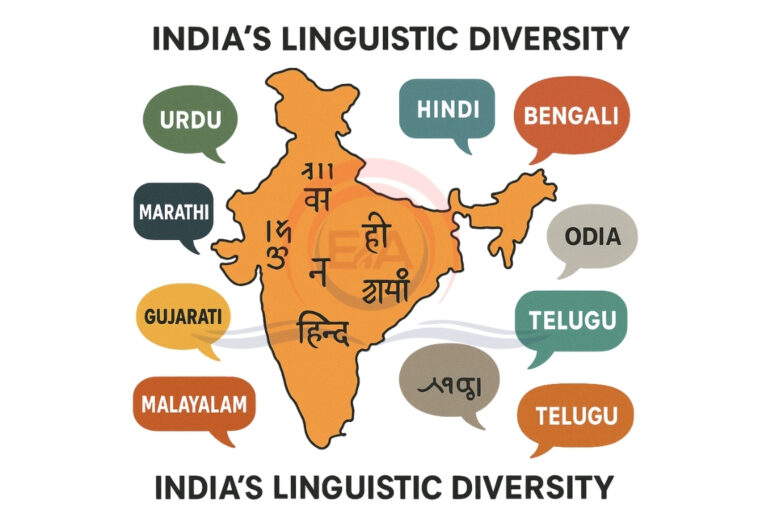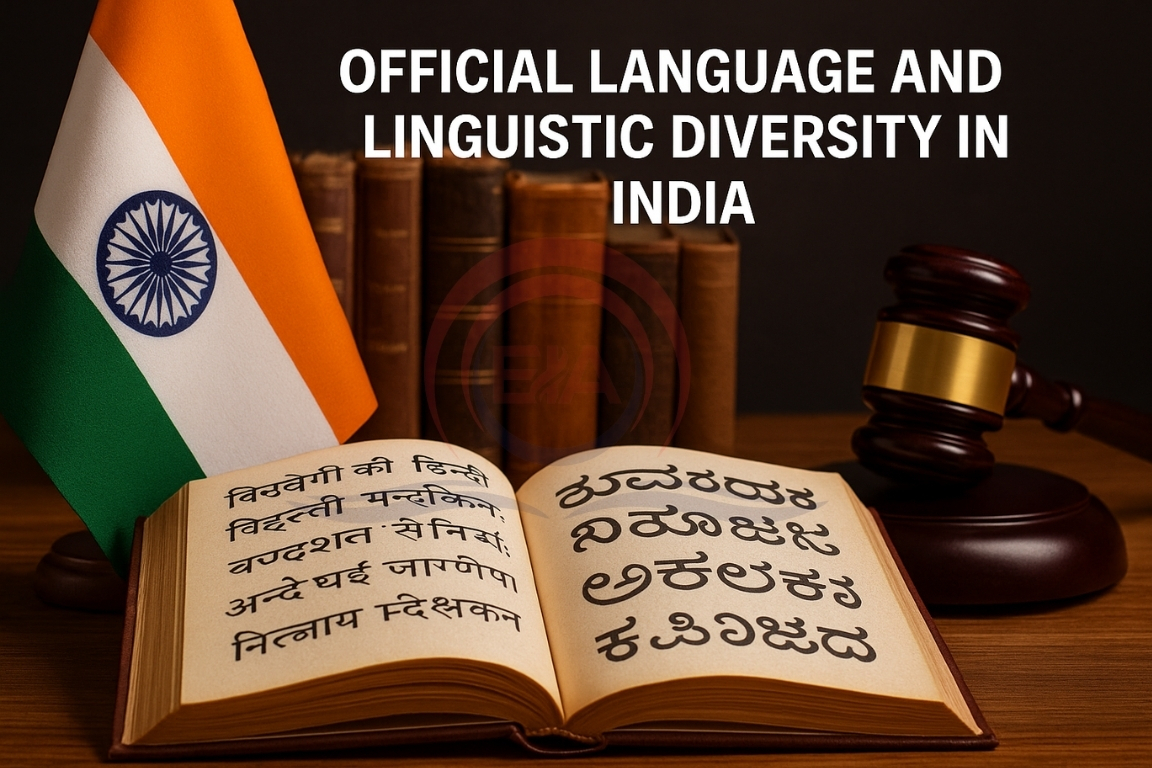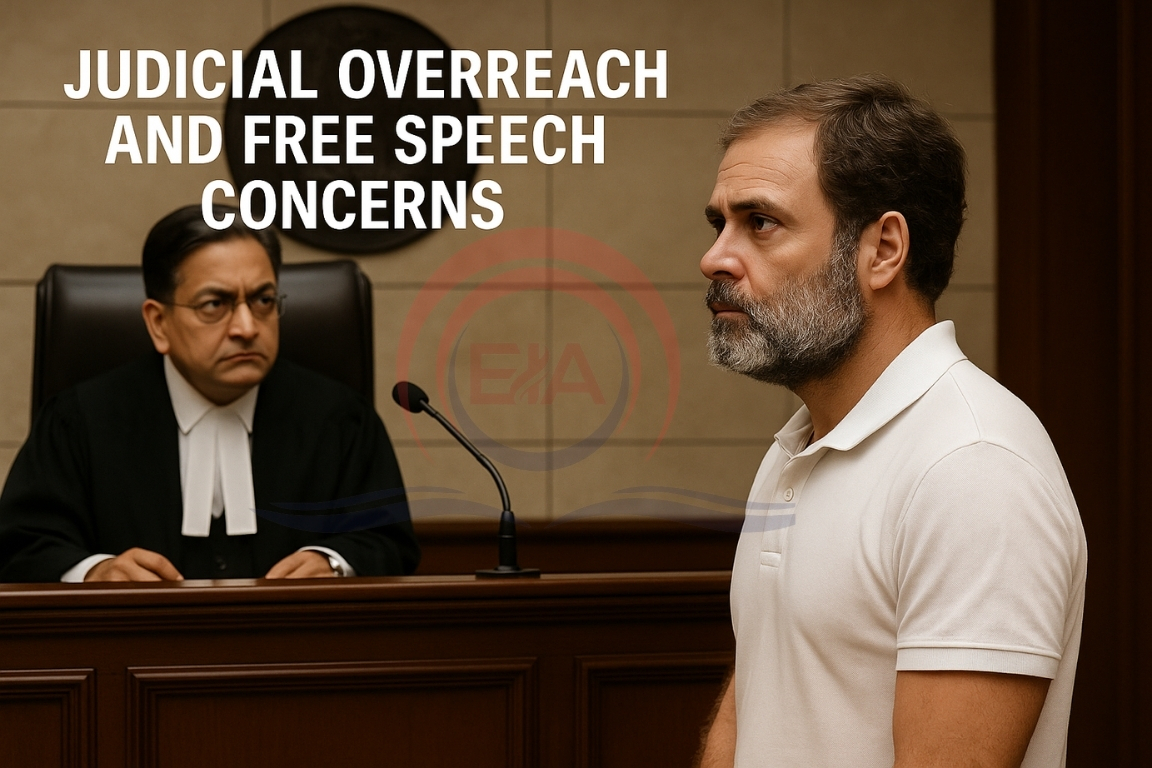The Department of Official Language recently completed 50 years since its inception in 1975. On this occasion, the union home minister emphasized the role of Indian languages in preserving the nation’s cultural and civilizational values.
India’s Linguistic Diversity
- India is one of the most linguistically diverse countries in the world.
- As per Census 2011, India has 121 recognised languages and over 1,600 spoken mother tongues.
- The country has 11 classical languages, including Tamil, Sanskrit, Odia, and recently added Marathi and Pali.
- Ancient scripts like Indus, Brahmi, and Kharosthi highlight India’s rich linguistic heritage.
Constitutional Provisions
- Article 343: Hindi (in Devanagari) is the official language of the Union; English continues for official purposes.
- Article 344: Provides for a language commission to promote Hindi.
- Article 345: Allows states to adopt their own official languages.
- Eighth Schedule: Lists 22 scheduled languages.
- Article 350A: Ensures primary education in the mother tongue for linguistic minorities.
- Right to conserve language and culture is a Fundamental Right (Article 29).

Education & Empowerment
- NEP 2020: Encourages teaching in the mother tongue till Grade 5 or 8.
- Major entrance exams like JEE/NEET/CUET now available in 13 Indian languages.
- DIKSHA and SWAYAM offer educational content in multiple Indian languages including Indian Sign Language.
Digital Inclusion
- Digital India: Since 2017, all phones sold in India must support Indian languages.
- Project Bhashini: Develops AI tools to promote digital use of Indian languages for wider access.
Threat to Minority Languages
- Over 50 languages have vanished in the past five decades.
- Many tribal and endangered languages still face extinction.
Language Promotion Institutions
- CIIL, Kendriya Hindi Sansthan, and Central Sanskrit Universities work to preserve and promote Indian languages.
- Campaigns like Ek Bharat Shreshtha Bharat help connect youth with India’s linguistic unity and diversity.
Conclusion:
India’s multilingual culture is a core strength that must be preserved. Government efforts in education, digital access, and policy support are key to safeguarding linguistic diversity.





